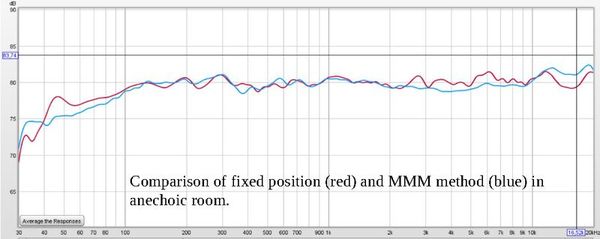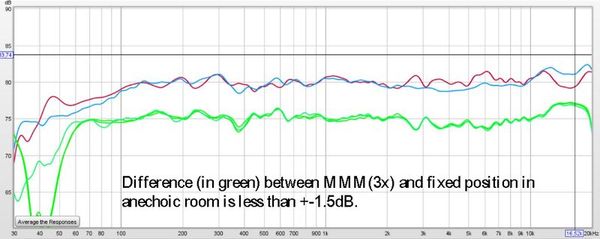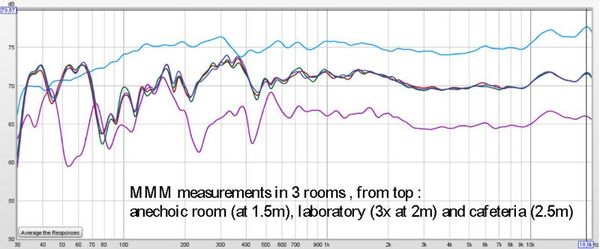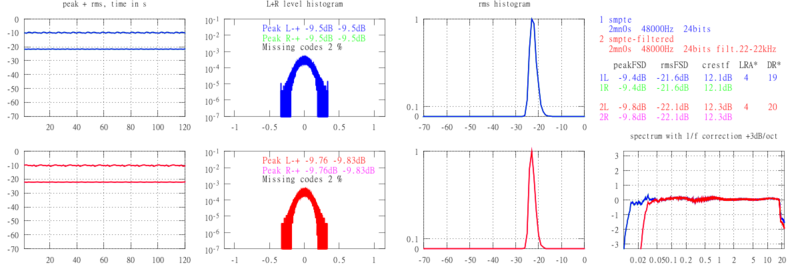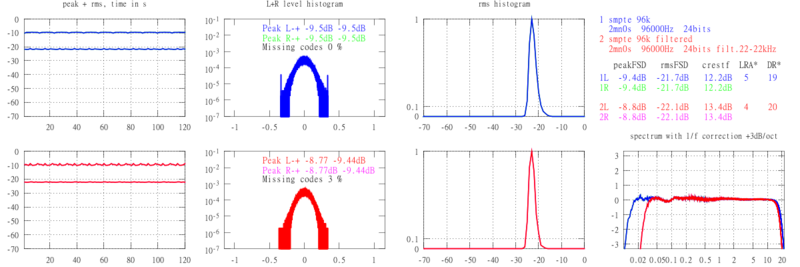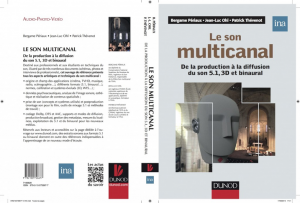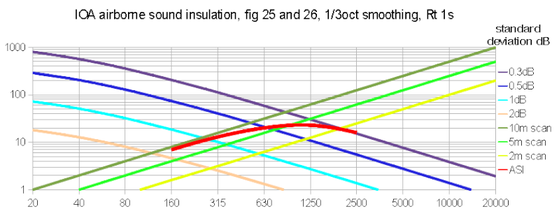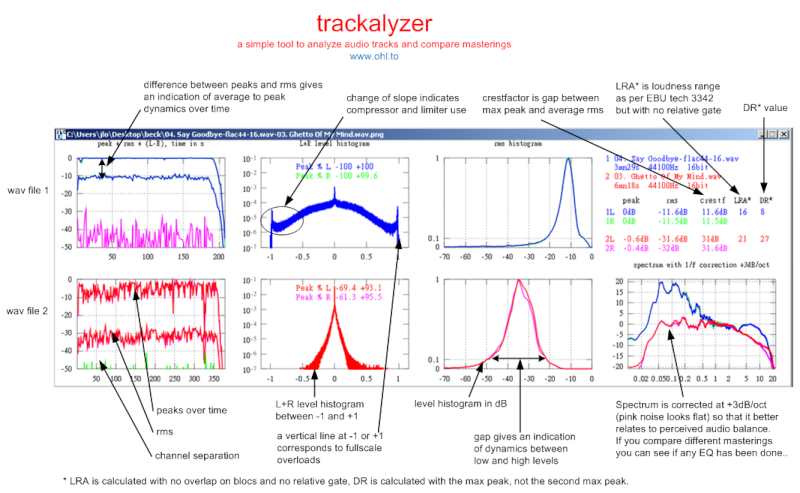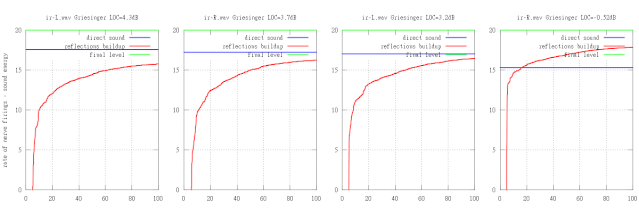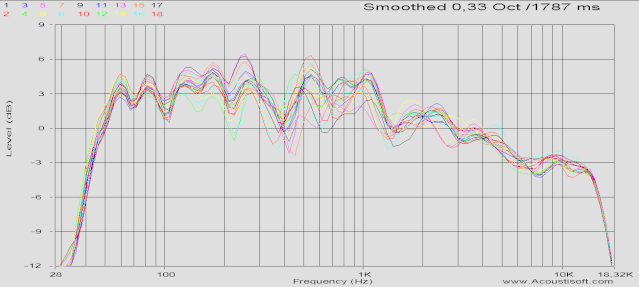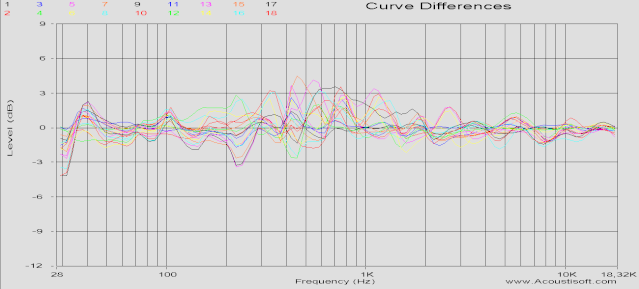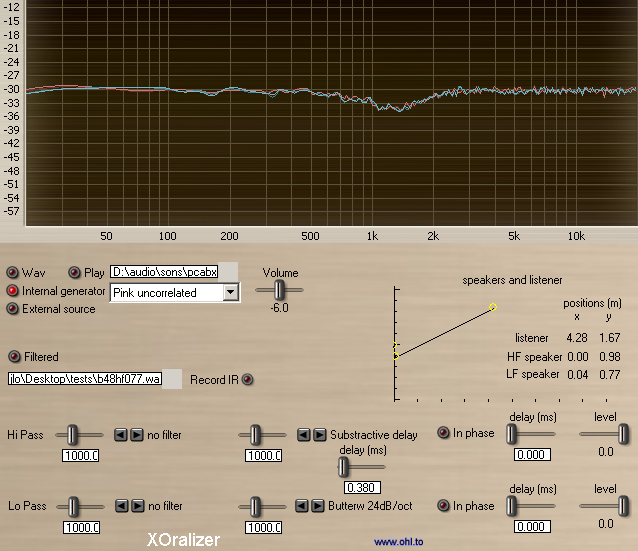Schroeder wrote an article in JAES 1987, Statistical Parameters of the Frequency Response Curves of Large Rooms, showing that above critical frequency, the response at a given frequency lays in a gaussian strip of +-5.5dB. So you should consider the measured amplitude of a loudspeaker in a room at one point as the summation of the direct sound and the diffuse field which is a random value depending on many factors, humidity, pressure, etc… To get rid of this random part, you can average with multiple measurements, but staying near axis of the loudspeaker.
Say you do n measurements at different places, the standard deviation will then be 5.5dB/squareroot(n).
But normally, if you measure before you EQ, you would apply a smoothing, ie at 1/6th of an octave. This will reduce the standard deviation to about 2.5dB.
So to get less than 0.25dB of mean square error (the minimal audible deviation), you need about 100 measurements ! Typically with 32 measurements (ie with Acoustisoft R+D), you would get a mean square error better than 0.5dB. Note that your measurements should be uncorrelated down to the transition frequency, it means that measurement positions must be separated by about a tenth of room length.
Another calculation similar to Schroeder’s : http://www.gedlee.com/Audio_trans.htm

